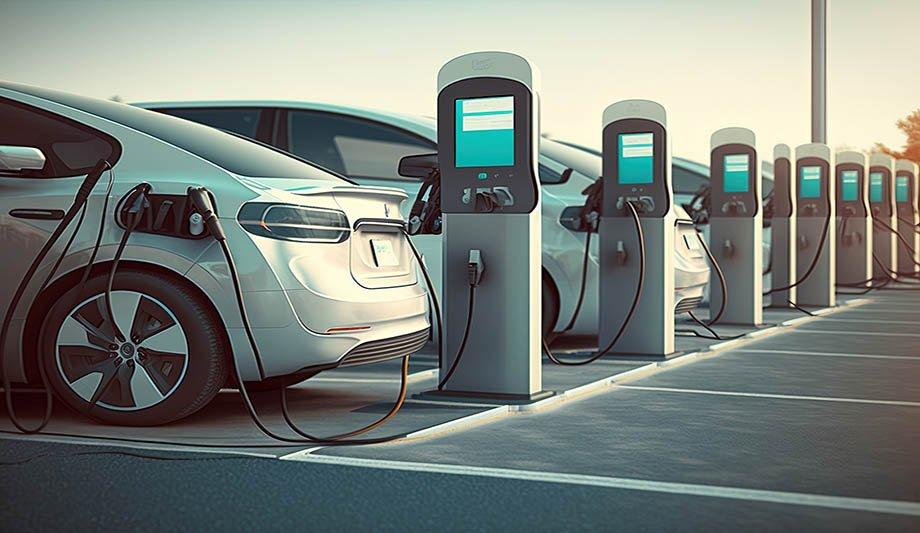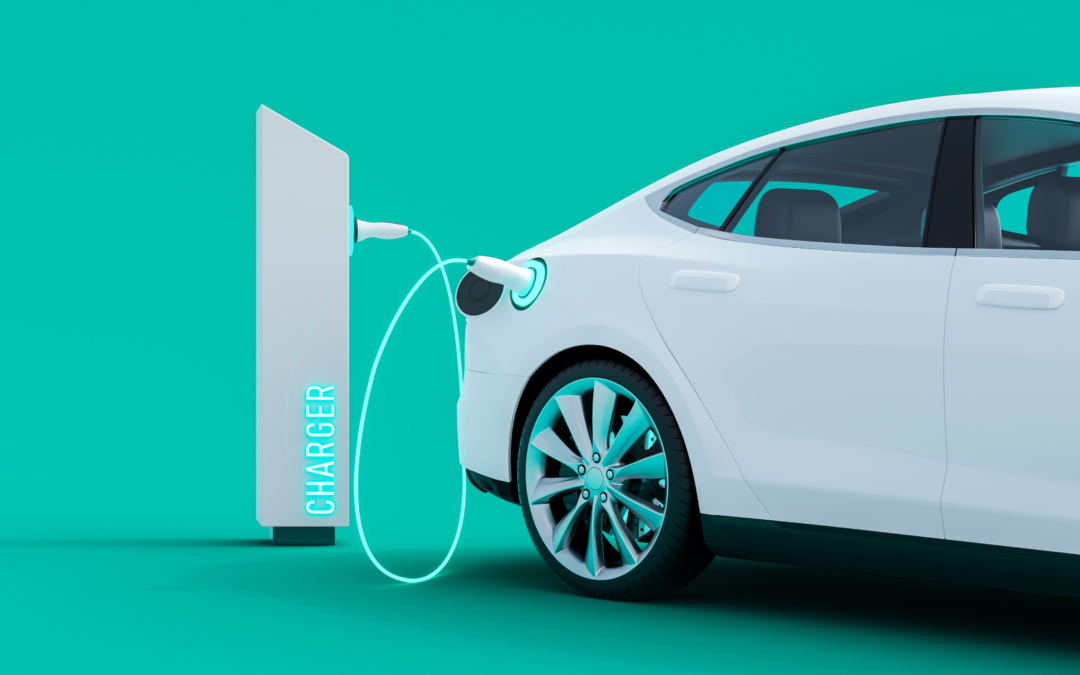Top EV Charging Information: Key Updates on Facilities and Technology

Current Improvements in Fast-Charging Technology

Additionally, innovations in battery technology, consisting of enhanced thermal monitoring systems and higher energy density batteries, complement fast-charging capacities. These developments mitigate the threat of battery deterioration during quick charging, making sure longevity and performance for EV proprietors.
In addition, the integration of smart charging services is improving individual experience, enabling real-time tracking and dynamic prices versions. EV Charging news. This adaptability enables drivers to enhance charging prices and times based upon grid need
As car manufacturers proceed to invest in fast-charging networks, the cooperation in between market stakeholders is important. Collaborations between billing station carriers and auto makers are leading the means for extensive protection, eventually cultivating a more robust EV community. These improvements are critical in supporting the change to lasting transportation.
Government Campaigns for Billing Expansion
Government efforts play an important duty in the development of electric automobile (EV) charging facilities, assisting in the shift to sustainable transportation. Various federal and state programs are being executed to enhance charging availability, decrease the financial concern on consumers, and promote the adoption of electrical automobiles.
Notably, the united state government has actually assigned significant financing via the Facilities Financial Investment and Jobs Act, which sets aside $7.5 billion for EV billing network development across the country. This financing is focused on releasing thousands of new charging terminals, especially in underserved locations, thereby attending to variety anxiety amongst prospective EV customers.
In addition, countless states are establishing regulations to enhance the permitting process for charging terminal setups, which is essential for increasing implementation. Rewards such as tax credit histories and refunds for both customers and companies are likewise being presented to encourage the installation of billing framework.
Moreover, public-private partnerships are increasingly coming to be an emphasis, leveraging private financial investment to match government financing. These initiatives emphasize a collaborative method essential for constructing a extensive and reliable EV charging network, ultimately contributing to a greener and even more lasting future.
Ingenious Battery Solutions Enhancing Efficiency
Revolutionizing the landscape of electric lorry (EV) modern technology, innovative battery options are significantly enhancing effectiveness and performance. Advances in battery chemistry, especially with lithium-sulfur and solid-state batteries, are leading to increased power density, which enables for longer ranges and faster billing times. These new battery types have the possible to outshine Clicking Here traditional lithium-ion batteries by offering higher abilities while minimizing weight, thus enhancing overall car performance.
Additionally, growths in battery monitoring systems (BMS) are optimizing energy use and prolonging battery life expectancy. Intelligent algorithms monitor battery health and efficiency, enabling real-time changes to billing and releasing processes. This not only boosts the efficiency of the battery however likewise makes sure an extra reliable and sustainable energy resource for EVs.
Furthermore, the integration of recycling innovations is attending to the ecological impact of battery production and disposal. Developments in second-life applications for EV batteries are facilitating their usage in energy storage systems, contributing to a circular economic climate.
As these cutting-edge battery options proceed to advance, they assure to transform the EV market, making electrical cars extra appealing and easily accessible to a wider audience while sustaining global sustainability objectives.
Collaboration Between Automakers and Charging Networks
Identifying the important demand for a durable charging facilities, automakers are increasingly More Info teaming up with billing network service providers to enhance the EV ownership experience (EV Charging news). These collaborations intend to produce a seamless charging community that profits consumers and supports the transition to electrical vehicles
Significant vehicle brands are signing up with pressures with well-known billing networks to broaden their billing station coverage, ensuring motorists have access to hassle-free and dependable billing alternatives. Collaborations with networks like ChargePoint and Electrify America enable automakers to integrate billing options straight right into their vehicles' navigating systems, guiding customers to the nearby stations and supplying real-time accessibility updates.
Furthermore, these collaborations commonly result in the growth of fast-charging technologies that dramatically minimize the moment required to recharge an EV. By pooling resources and experience, automakers and charging networks can introduce quicker, creating solutions that satisfy the growing need for electric movement.
In enhancement, joint campaigns might also cause even more standardized charging methods, which can ease consumer complication and promote broader EV fostering. In general, these strategic alliances are pivotal in developing a straightforward and efficient charging facilities that satisfies the demands of an increasing electric vehicle market.
Challenges Facing EV Charging Framework
As the electrical car market proceeds to grow, a number of obstacles are appearing that prevent the advancement of a detailed charging infrastructure. Among the key barriers is the insufficient variety of charging stations, especially in underserved and country urban locations. This void produces variety anxiety among possible EV buyers, hindering them from making the button.
Furthermore, the absence of standardization in charging technology complicates the infrastructure landscape. Variations in plug kinds and charging rates can develop confusion for users and enhance operational intricacies for billing network operators.
Another pushing problem is the high cost related to the installment and upkeep of charging stations, which can blog here be an obstacle for both personal businesses and public entities. Lastly, regulatory obstacles and zoning limitations can delay the implementation of charging facilities, impeding progress in expanding crucial solutions. Addressing these obstacles will certainly be important for fostering a durable EV community that sustains the change to sustainable transportation.
Conclusion
In conclusion, the continuous innovations in EV billing technology, sustained by significant government efforts and cutting-edge battery options, are crucial for the development and efficiency of electric automobile infrastructure. Cooperations between automakers and billing providers even more enhance station protection, attending to the growing demand for available billing choices. In spite of obstacles that linger within the EV billing landscape, these advancements signify a favorable trajectory in the direction of a more reliable and sustainable electric vehicle ecosystem.
Technologies in charging infrastructure have actually led to the development of ultra-fast chargers capable of supplying up to 350 kW of power, substantially reducing billing times. Variants in plug kinds and charging speeds can create confusion for individuals and increase functional complexities for charging network operators.In final thought, the ongoing advancements in EV charging modern technology, supported by considerable federal government efforts and cutting-edge battery solutions, are crucial for the development and performance of electrical lorry framework. Collaborations between automakers and billing service providers additionally enhance station coverage, attending to the expanding need for available charging alternatives. In spite of challenges that continue within the EV charging landscape, these developments represent a positive trajectory in the direction of an extra effective and sustainable electric lorry community.